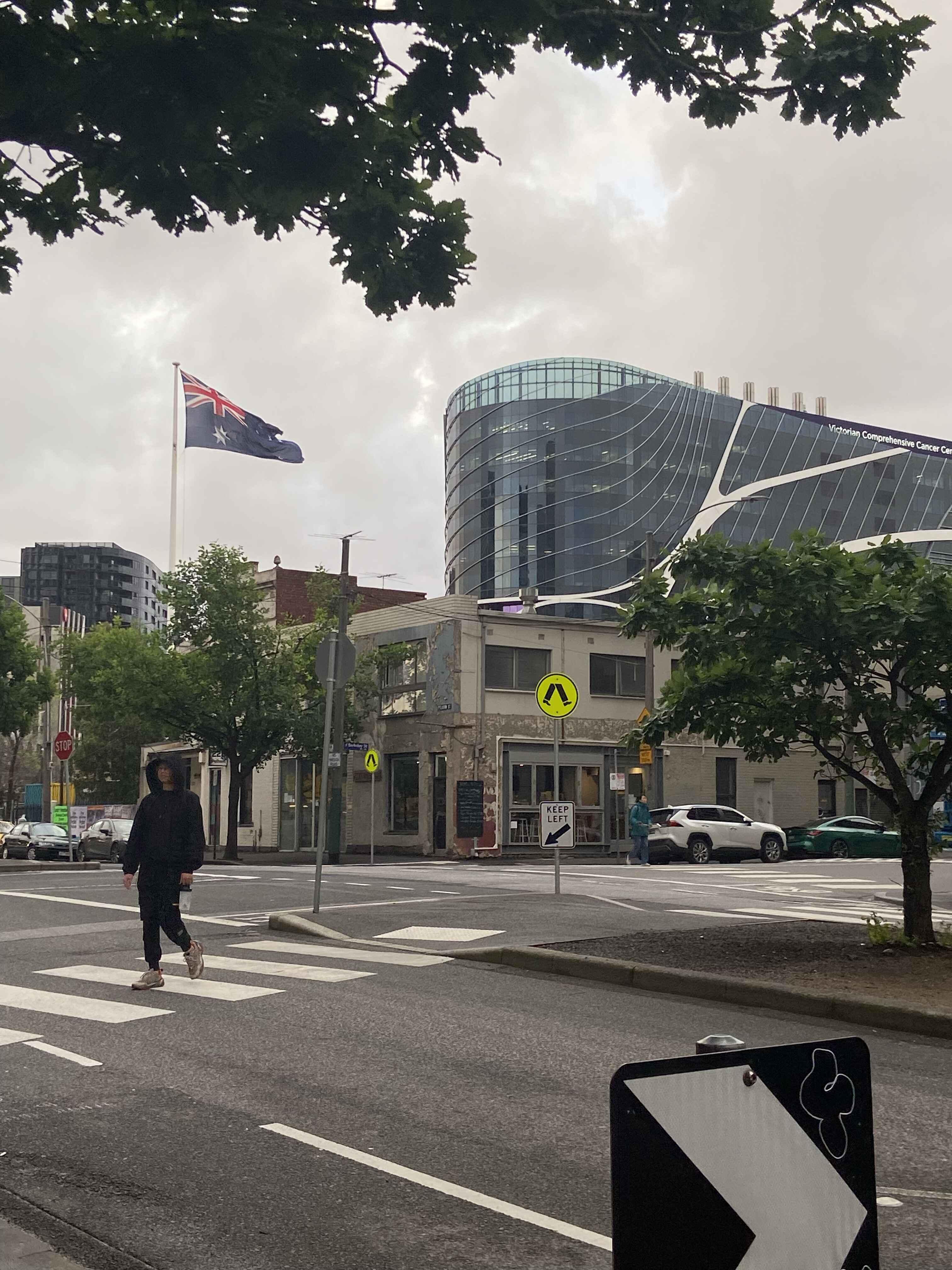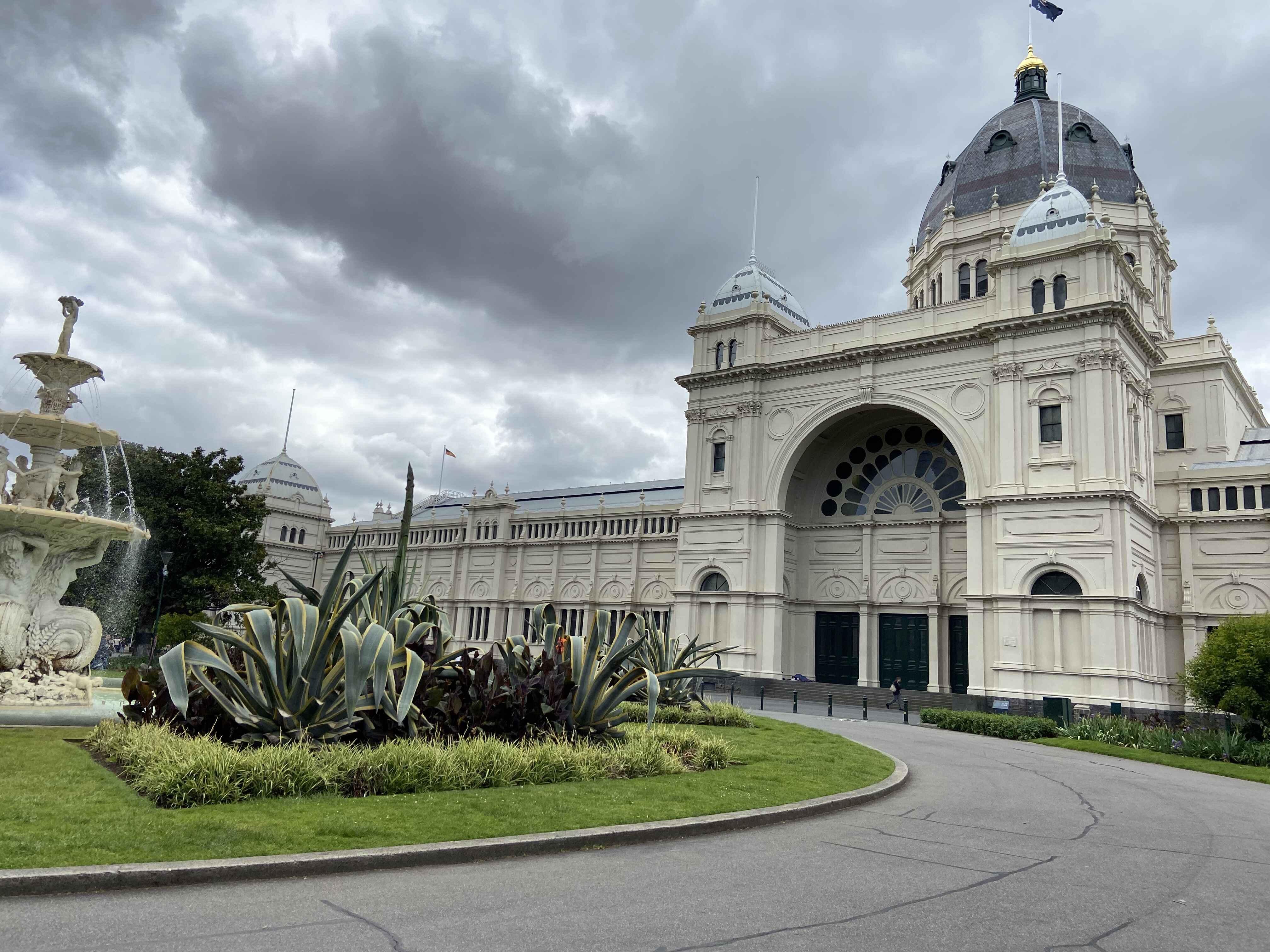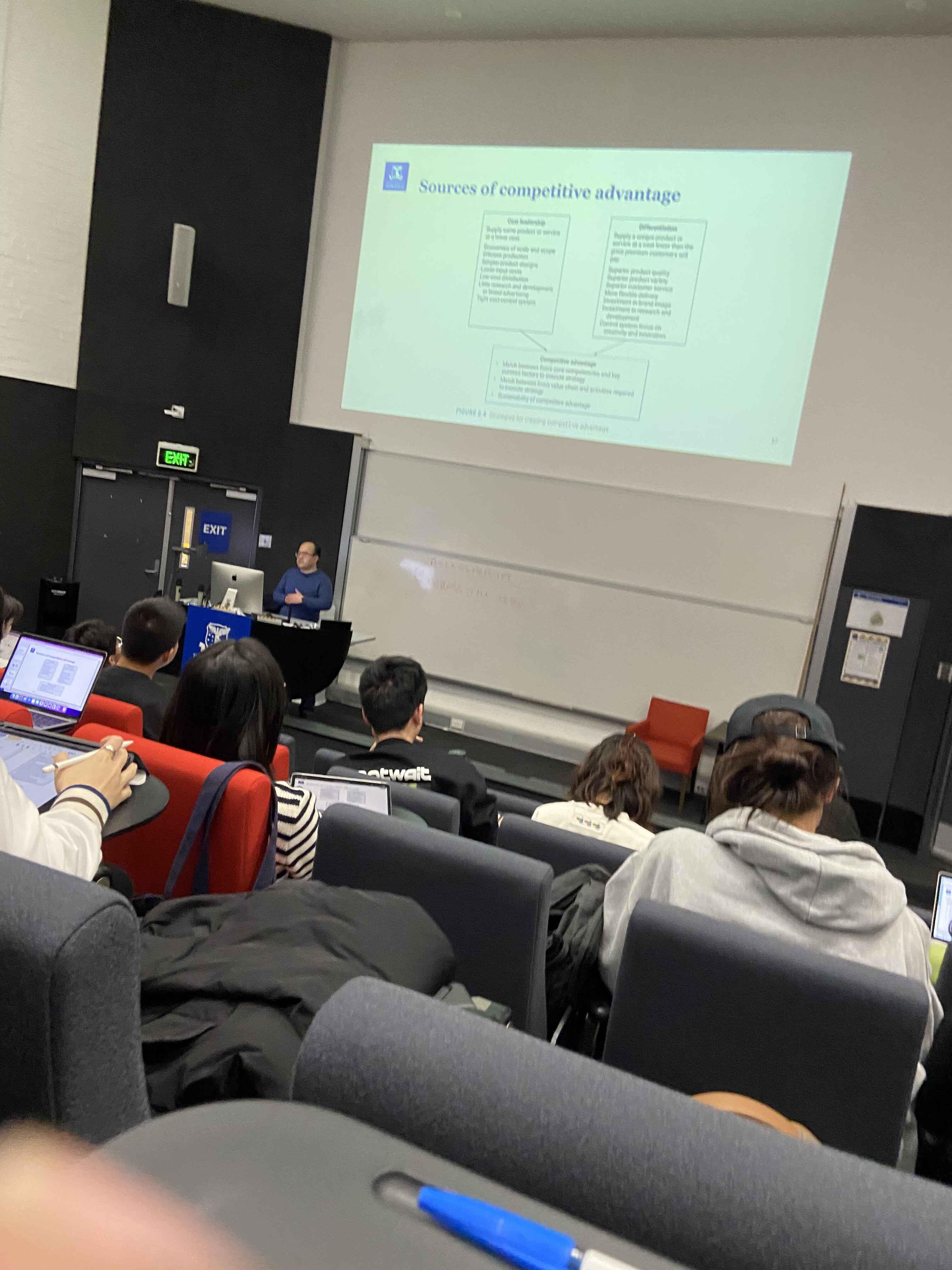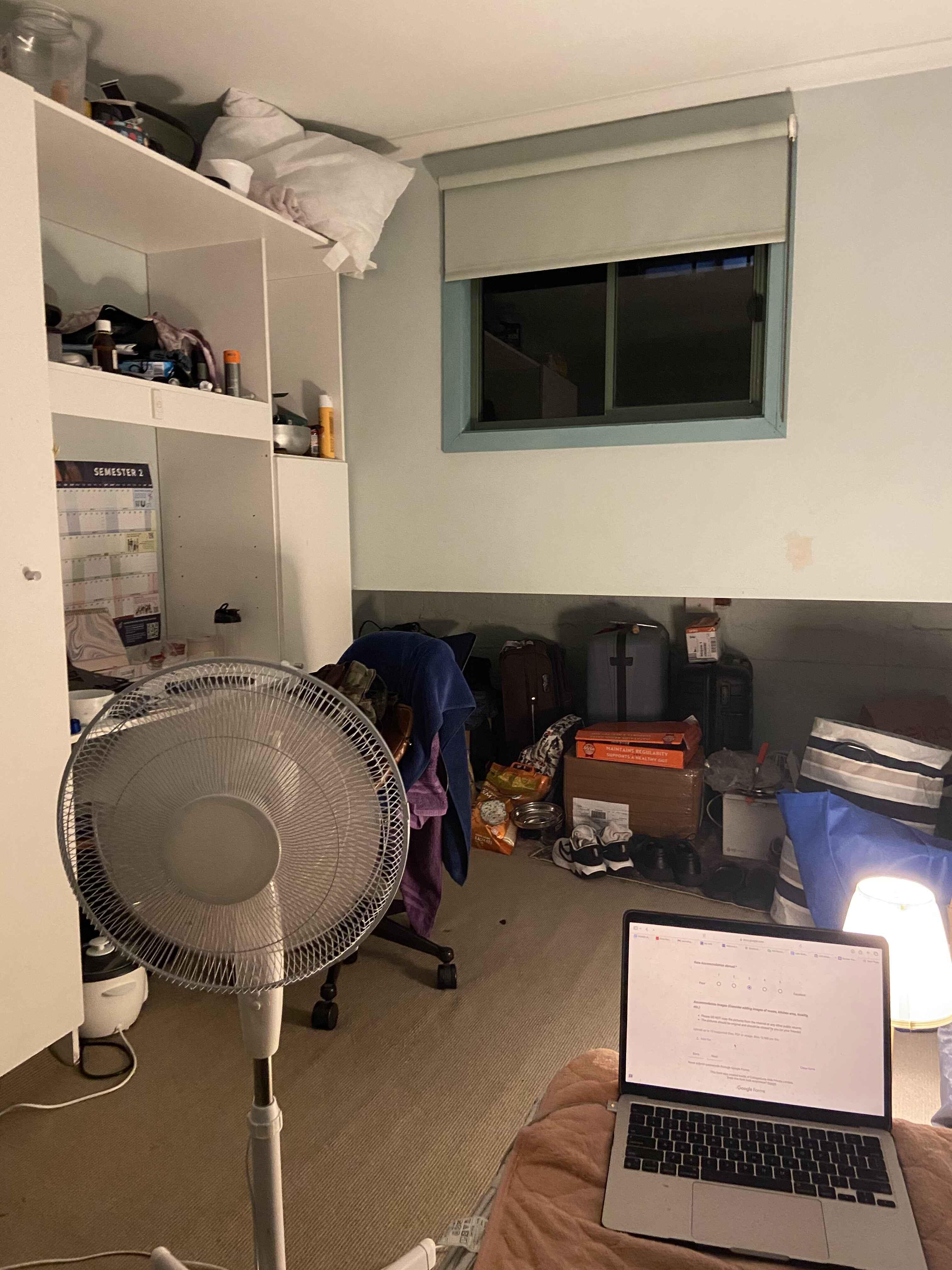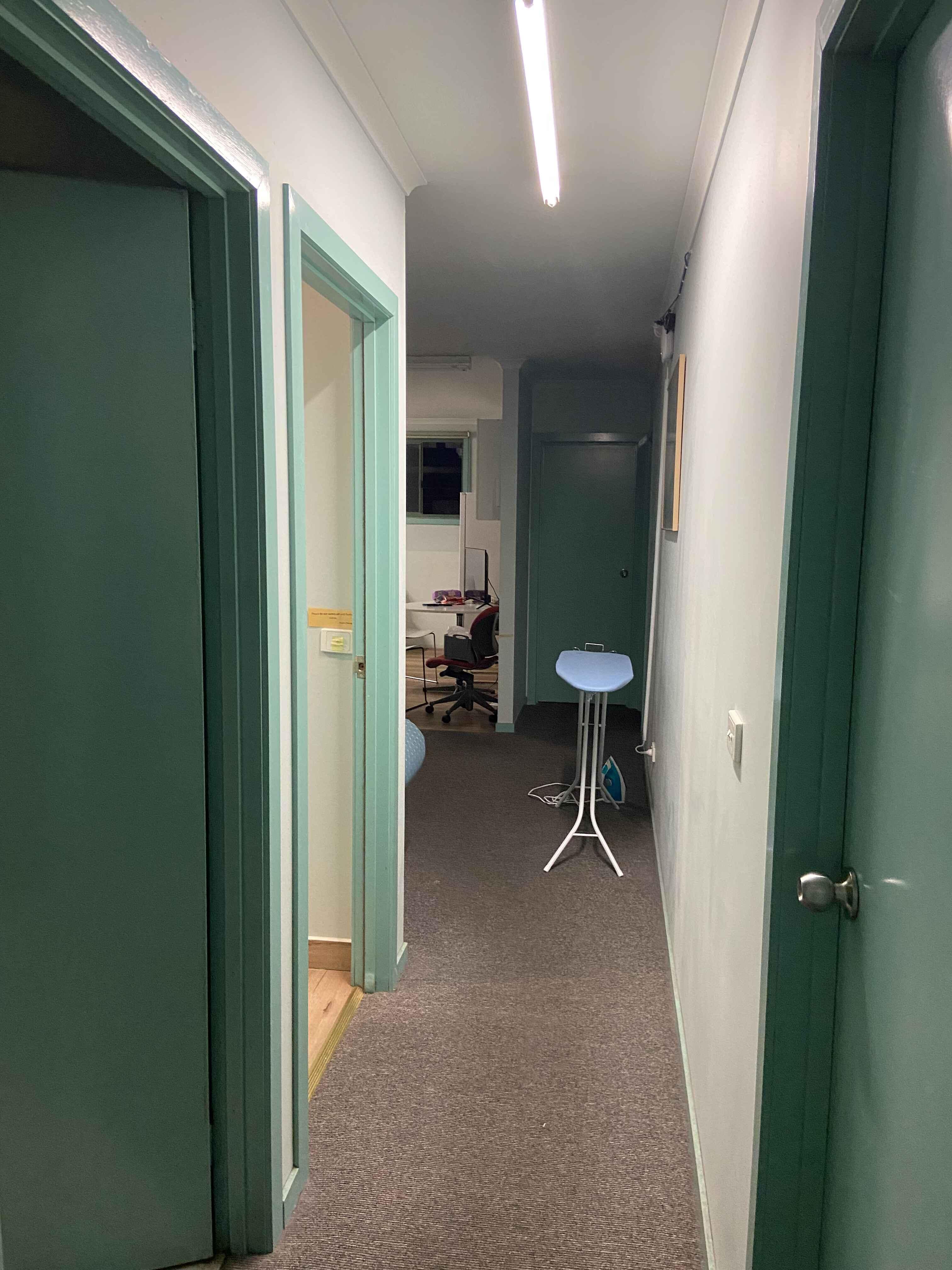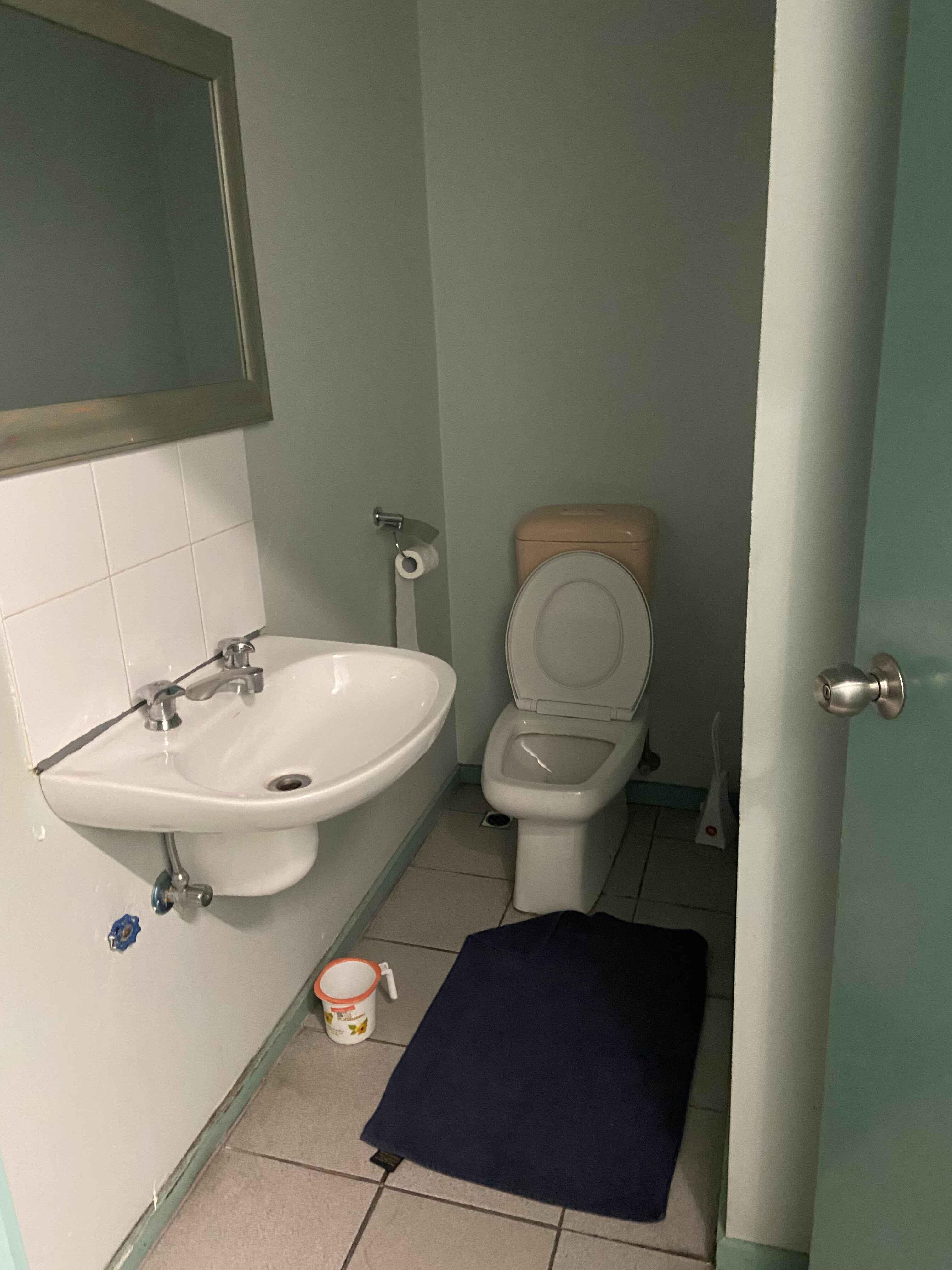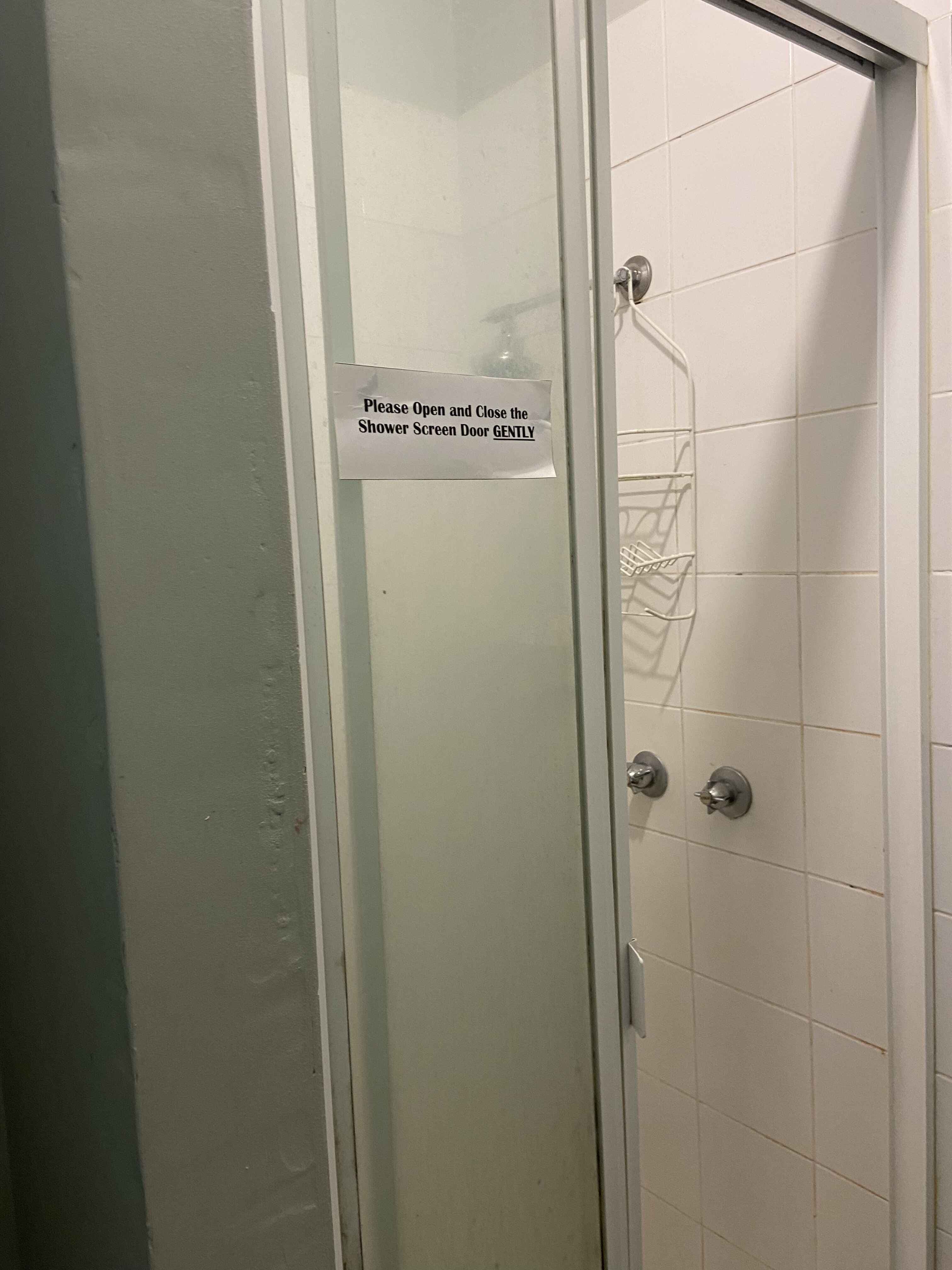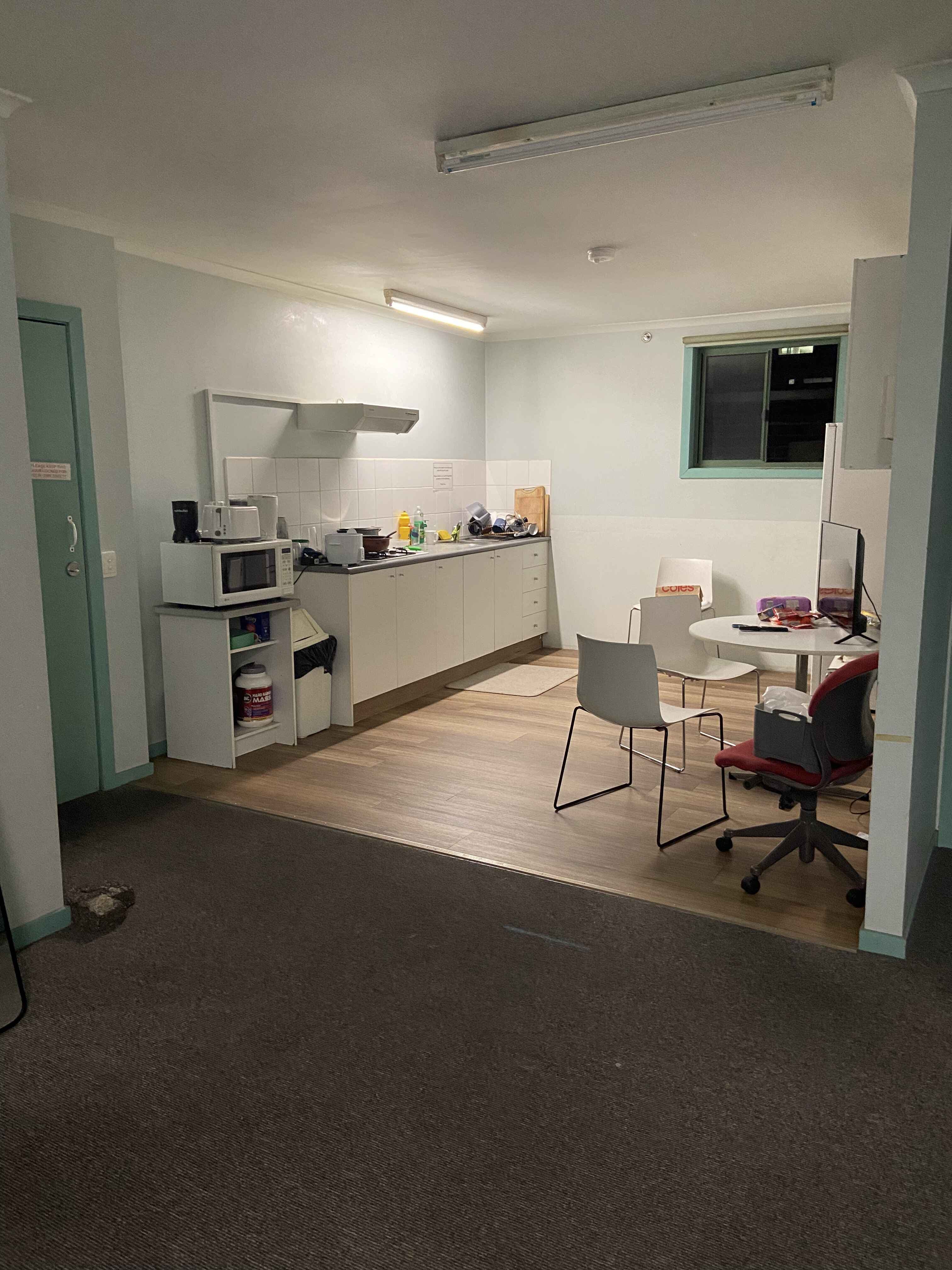What Students Say
Likes
- - Free food all over the campus
- - Popular professors (who teach excellently)
- - Comfortable lecture halls
Dislikes
- - Buildings are quite far from each other
- - Keep increasing the fee by 10% every year
- - Some subjects are set particularly hard
Course Curriculum
- The subjects and their objectives are quite appreciative. All of the subjects (or at least the ones I have taken) have a component called ‘workshop’. Here’s where you essentially put your learnt skills to work. Here is where you work on academic exercises provided by other respectable schools such as Harvard University and MIT Sloan. It’s fun and can be quite challenging at times.
- People who major in accounting and finance have, more often than not, found the course to be very practice-demanding. In my opinion, it’s fun because it’s hard. We have to complete 200 credits (12.5 * 16 subjects) in a supposed span of four semesters. It’s rather hard to think of any negatives; it's tight and challenging but at the end of the day, it's fun.
- The timetable is mostly up to us—we get to set it before the semester starts. A subject has a 3-hour class per week (usually a lecture component of 1.5 hours and a workshop component of 1.5 hours). On average, a class has about 300 students enrolled. The University of Melbourne does not have a lot of Indian students. We have like 15 Indians out of 300 or so students in accounting and finance. The rest are mostly Chinese.
Admission Experience
- I only applied to the University of Melbourne for its globally renowned accounting and finance program that aligned with my goals. I was admitted to the program, reflecting my strong academic background, professional experience, and passion for the field. I didn't apply elsewhere, as UniMelb was my top and only choice. The other universities I had in mind are: London school of Economics, Monash, Harvard University, Imperial College London, and UCLA
- The university was highly reputable. It involves application essays (although optional); a high GMAT score may be preferred (optional); and just follow the application process
After that..
1) Gather Documents:
Prepare required documents such as academic transcripts, test scores, personal statements, and references (if needed).
2) Apply online:
Submit your application via the UniMelb portal or an agent (for international students). For graduate courses, use StudyLink.
3) Pay Application Fee: 6000 rupees (i think)
Pay the required fee (if applicable) when submitting your application.
4) Monitor Application:
Log into the application portal to track progress and respond to requests for additional information.
5) Accept Offer:
If successful, receive an offer letter, accept it, and follow enrolment instructions.
6) Arrange Finances:
7) Pay tuition fees or confirm financial arrangements (e.g., scholarships or loans).
8) Apply for a Visa (International Students):
Use your Confirmation of Enrolment (CoE) to apply for a student visa. - An undergrad degree and IELTS of above 6.5. No challenges. It was flowy.
- I applied for the mid-year intake (July) at the University of Melbourne, which is highly regarded for its academic excellence and globally recognised reputation. This intake is particularly popular for my major, Accounting and Finance, as it aligns well with academic schedules and professional aspirations in this field.
- The application process was straightforward and efficient, taking approximately a week to complete. When I applied, there was no fixed application deadline for the mid-year intake, offering flexibility to applicants. However, it is worth noting that this may have changed since then, as universities periodically update their application timelines and requirements to adapt to demand and academic planning
Faculty
- It’s roughly 30 students per teaching professional (which includes both the professors and other teaching staff). While the impact is not entirely noticeable, I have not found a problem with this ratio. It’s appropriate. The way of teaching the modules would change from professors to professors, but it’s mostly good and interactive. The workshops are the best bits—very interactive.
- The faculty here DO NOT explicitly support you career-wise. It’s up to us to network our way through finding work. We had an Englishman named Robert teach us strategic cost management. Such a funny guy. He really cares about his students—I can confirm. British men are particularly good at teaching. He is one of my favourite professors.
Campus Life
- The University of Melbourne has 7 campuses. They’re Parkville, Southbank, Burnley, Creswick, Dookie, Shepparton, and Werribee. The campus obviously has free wifi, comfortable libraries, smooth study desks, and air conditioning.
Part Time Jobs
- On-Campus Jobs: Students can work as Teaching Assistants (TAs), Research Assistants (RAs), or Departmental Assistants (DAs). Other roles include library assistant, campus guide, and administrative support.
- Pay Range: TAs/RAs typically earn AUD 25-40 per hour.
- Other Jobs: Hourly wages for general campus jobs range from AUD 20-30.
- Max Hours: International students can work up to 40 hours per fortnight during study periods.
- Job Availability: On-campus jobs are competitive, but the university offers various opportunities.
- There are a lot of places. I have worked at various Italian restaurants, Domino's Pizza, Compass, and Delaware North (McG and Marvel Stadiums). If you live in the CBD, the options are endless. You can find Indians everywhere, especially at bars as bartenders, Indian restaurants, Seven-Elevens, Coles, and Woolworths. While finding a part-time job is not a walk in the park, it is doable. The pay is quite good, ranging between $26 and $32 for an hour. You can apply online (through SEARCH and indeed) or you can walk-in into restaurants and give out your resume to the store managers (this is what I do).
Placement
- Employment Rate: Around 80% of graduates secure employment within 6 months.
- Salary Range: Graduates typically earn AUD 60,000-80,000 annually.
- Job Search: Students find jobs through campus recruitment, internships, networking, and online job portals.
- Placement: Graduates have been placed in companies like KPMG, PwC, EY, Deloitte, and major financial institutions in roles such as accountants, analysts, and consultants.
Accommodation
- We’ve got a few websites/mobile apps here that may facilitate the search process (such as Flatmates and Facebook Marketplace). You usually get in touch with the agent and book an inspection, and have your local friends here inspect the property to confirm if it's as good as they show in the photos.
- The monthly rent in the CBD ranges between $1200 and $1800, but suburbs like Brunswick and St. Kilda are quite cheaper. The accommodation I live in does not have air conditioning (like most of the other student accommodations here). It is quite challenging to find a place to live here. The place I live is only 50 meters from the Parkville campus.
Exams
- I was exempt from the IELTS requirement as I completed my high school education at an Australian high school. Additionally, I scored 670/800 on the GMAT, even though it was not a mandatory requirement for admission.
- To strengthen my application, I voluntarily included a Statement of Purpose (SOP), a Letter of Recommendation (LOR), and my CV, even though these were not mandatory. This allowed me to present a well-rounded profile that showcased my academic achievements, professional experience, and career aspiration.
Events
- The University of Melbourne is known for its clubs and events. There are over 100 clubs and you’d have at least 2 events in a week. Lots of Indian events as well. Moreover, you can join sports clubs—the ones that interest you—if you want to pursue the sport competitively.
- The major campus festivals are Christmas, Diwali, Halloween, the freshmen’s party, the end of semester party and the boat party.
Fees
- The tuition is $6000 per paper (and it increases by 10% every year). They have student accommodations here but it's $450 (average) per week. The university does not charge anything extra.
- It's per semester-wise and we could also apply for credit (but it is under the university's discretion).
- I spend around $100 for groceries and restaurants, and my rent is $285 per week and I spend somewhere between $5 and $15 for transportation per week as I live very close to the CBD.
Scholarship
- I was fortunate to receive two prestigious scholarships from the University of Melbourne. The first was the Business and Economics Scholarship, a one-off grant of $10,000, awarded to recognize academic excellence and potential in the field. The second was the Graduate Scholarship, which provided a 25% reduction in my regular tuition fees, reflecting my strong academic performance and commitment to furthering my education.
- These scholarships are highly competitive, and approximately 20% of students in my cohort received either one or both of these awards. It was an honor to be among the recipients, as it validated my dedication to academics and professional growth while also easing the financial burden of pursuing a world-class education.


